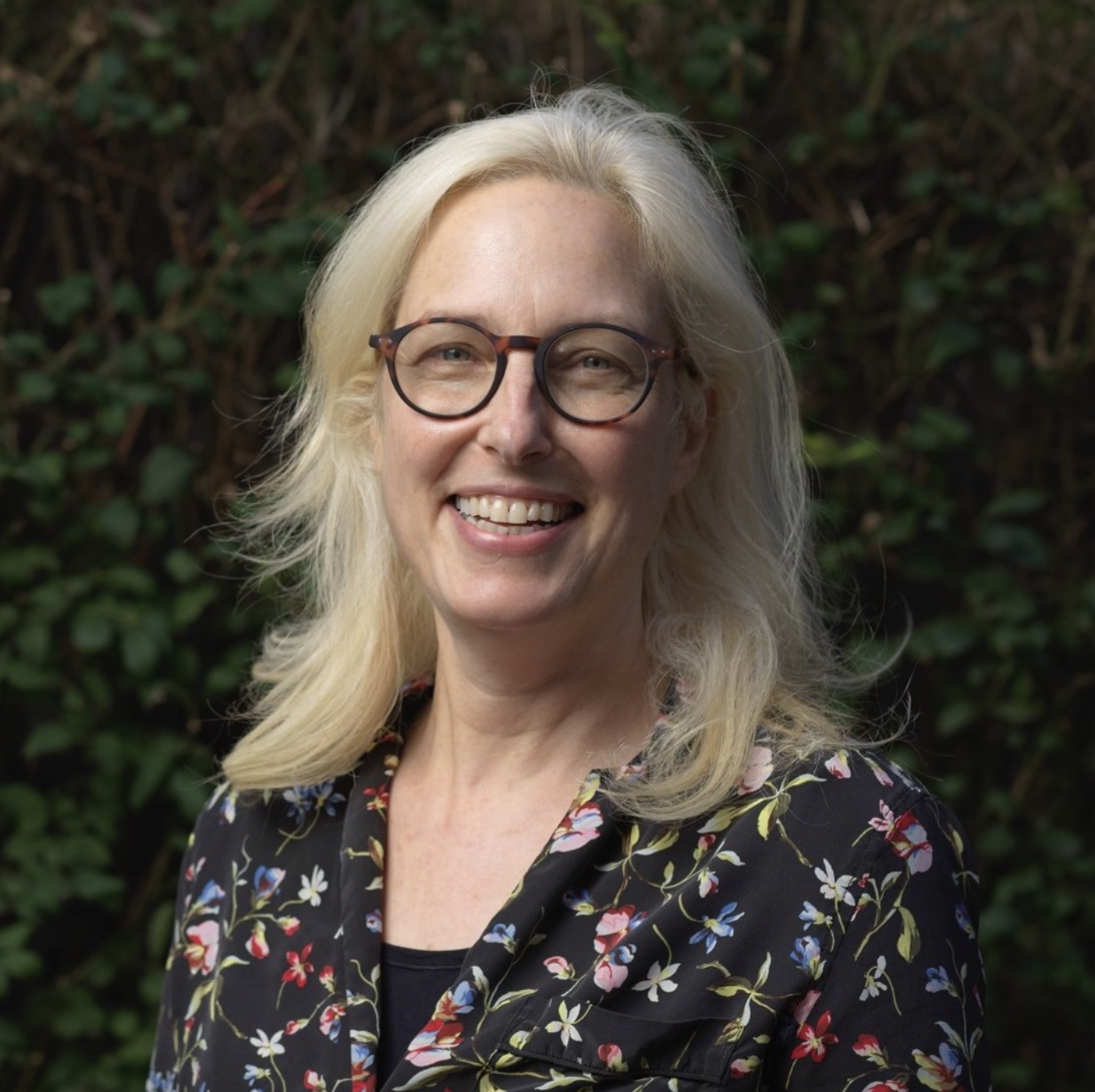Shepherds for our Sweeties
Both mentors and protégés are elevated by their symbiotic relationship. We have a whole treasure trove of nostalgic images of elders schooling youngsters. In children’s stories, the cobbler teaches the young lad to sew a shoe. Ben Franklin was trained by his brother’s side on how exactly to operate a printing press. In the modern world, we can picture a weathered orchestra conductor standing with an inspired and grateful student, demonstrating just how to swirl her arms into a grand arch.
But in the rushed years we are living in, the culture of mentoring has been replaced by outstanding TED talks, School of Life videos and other words of wisdom from sources like the internet that may be brilliant but lack the warmth and encouragement of a real human relationship.
How can we reconnect young people with mentors, those sources of support, skills and wisdom?
We have a giant pool of mentors to draw from, if we were recruiting. So many people, from those in their twenties to retirees have so much to give. Their humanitarian impulses strongly want to make the world a better place. These potential mentors are resourceful, independent and full of love. What could we accomplish if we harness that strength and connection? We could channel this to make the lives of our young people better.
While the young offer enthusiasm and relatability, the elders can share their warm hearts, accumulated knowledge and determination. Our young people need shepherds to guide them over the course of years. Both our young people and those seasoned with years could become the guiding shepherds for our young people.
On a high school level, the programs like I-Mentor or Mentor USA match working college graduates with individual students.
This week, I am training to become an I-Mentor. For the next four years, I will email weekly and meet monthly with a high school student. This is an excellent program that serves the needs of older students.
However, high school is often too late. The mentoring should begin in kindergarten. The program “I Have a Dream” matches wealthy donors with kindergarten classes. The promise is that the students will have their college paid for by the wealthy person. Students who are fortunate enough to participate in this program have a 60% success rate of pursuing higher education. The national rate is 22%. But millionaires who want to pay for students to go to college are scarce.
The key years for development are the early years. How about creating a program that supports every low income kindergartener? The mentors could work in male and female pairs to support an entire class of kindergarteners over the course of their elementary school career.
Where are the adults who should are currently paid to mentor our children like school counselors and principals? School counselors are overwhelmed with paperwork, and the turnover is tremendous. The student to counselor ratio nationally is 500 to 1. In the words of one of my students, “We are not going to talk to the counselor about anything important. She doesn’t even know our names.” Most of the principals I have worked with are locked up in their offices or out at meetings. They are nearly never seen in the school hallways or classrooms. They may discipline, but they rarely inspire.
These days, it seems like no one closely monitors, motivates or cares about our young students over the course of time. A child may have a warm, responsive teacher one year and a cold-hearted screamer the next year. A shepherd could provide kindness and consistency by getting to know families, hosting social events, providing inspiration to succeed in school and life.
The goodwill and kindness of individual citizens is an abundant resource. Let’s create a program for people to support our youngest and most vulnerable who, with a shepherd’s support, will have limitless possibilities.

